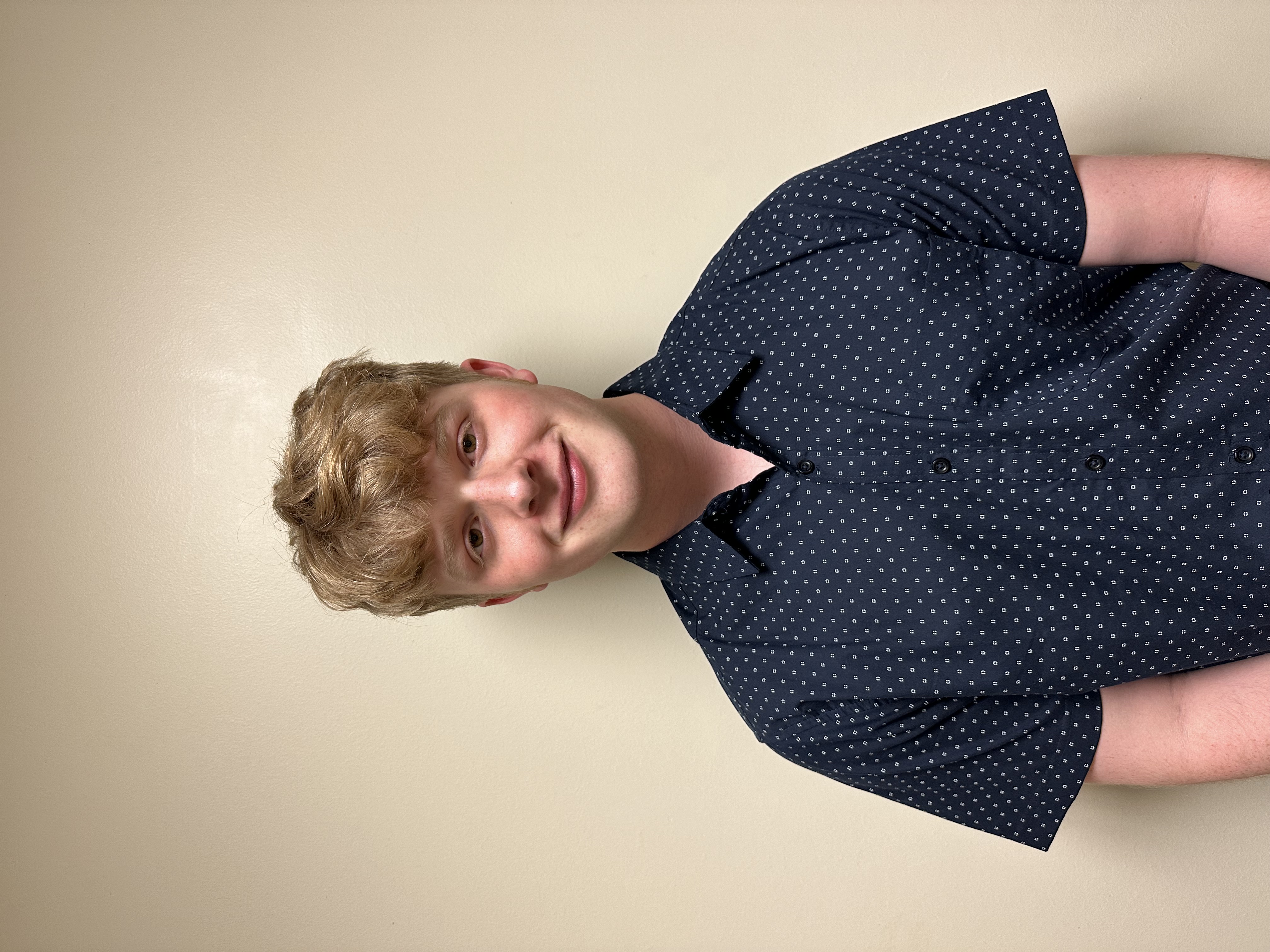Research Symposium
24th annual Undergraduate Research Symposium, April 3, 2024
Luke Novak He/Him Poster Session 3: 1:30 pm - 2:30 pm /315

BIO
Hello, my name is Luke Novak and I am a freshmen in an IMS: Clinical Professions Major intending to go to medical school. I am originally from Albany, New York and I do not miss the snowy winters I used to have at home. I have really enjoyed working on this project as it has taught me the fundamentals of designing a scientific setup and the process of obtaining and interpreting usable data from the setup. In the future I look forward to delving deeper into the data processing side of neuroscience working on other projects.
Impact of Temperature on Odor Detection Strength with a Photo-Ionization Detector
Authors: Luke Novak, Dr. Douglas StoraceStudent Major: IMS: Clinical Professions
Mentor: Dr. Douglas Storace
Mentor's Department: Department of Biology Mentor's College: Biological Science Co-Presenters: N/A
Abstract
Existing research provides limited insights into the impact of temperature on odor strength, leaving the nature of this relationship and its underlying mechanics open for further study. To investigate this, we created a variable-temperature olfactometer and took readings at various temperatures to potentially extrapolate a relationship. The main component of the setup was a sensor capable of quantifying the strength of an odor within the air known as a photo-ionization detector. The detector gives out an electrical signal that can be read and stored as an intensity vs time graph on an oscilloscope. The detector requires a constant airflow which is kept the same throughout the tests. What we changed between runs was the temperature of the water bath containing the vial of the odor solution. Different readings were taken at three temperatures: 0°C, 20°C, and 40°C and the results were compared to each other to see if it is possible to extrapolate a relationship between temperature of the odor solution and signal strength. My current hypothesis is that the higher the temperature is, the greater the signal strength will be as it will increase the reactivity of the odor molecules to interact with the detector more frequently.
Keywords: Neuroscience, Olfactory System, Photoionization, Olfactometer

